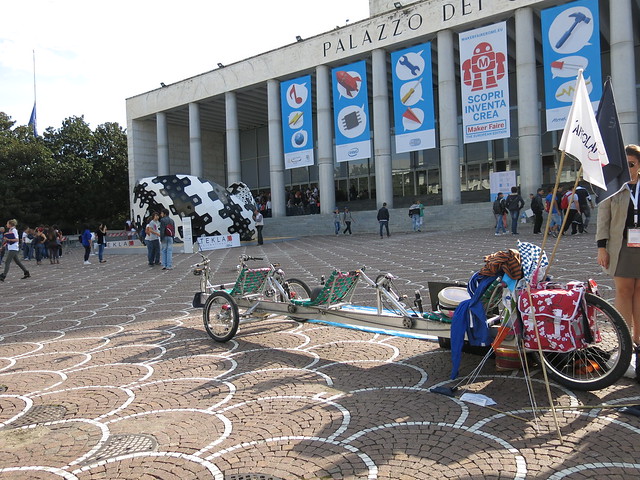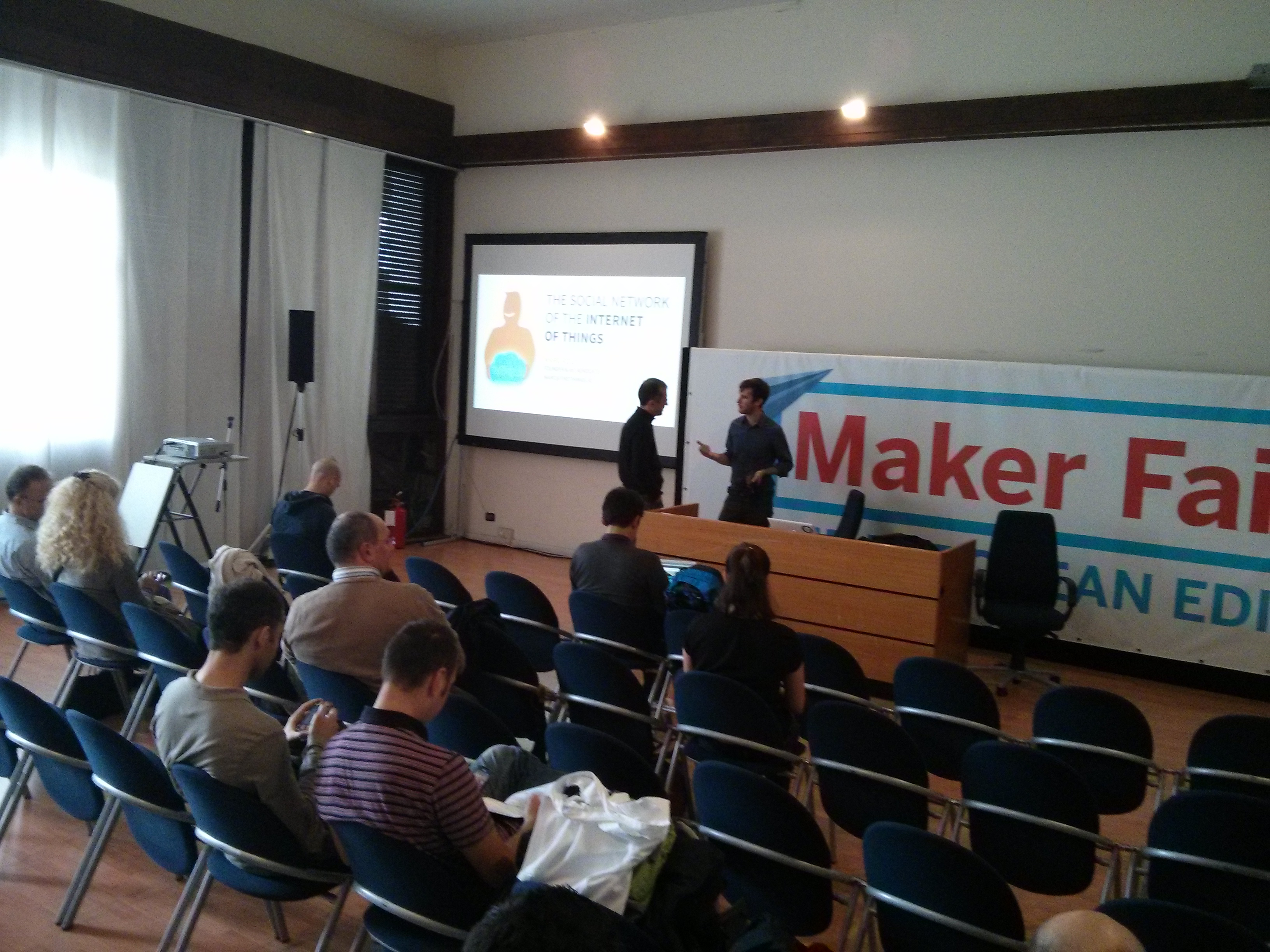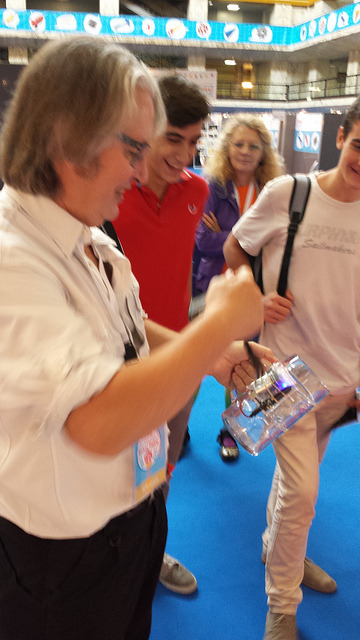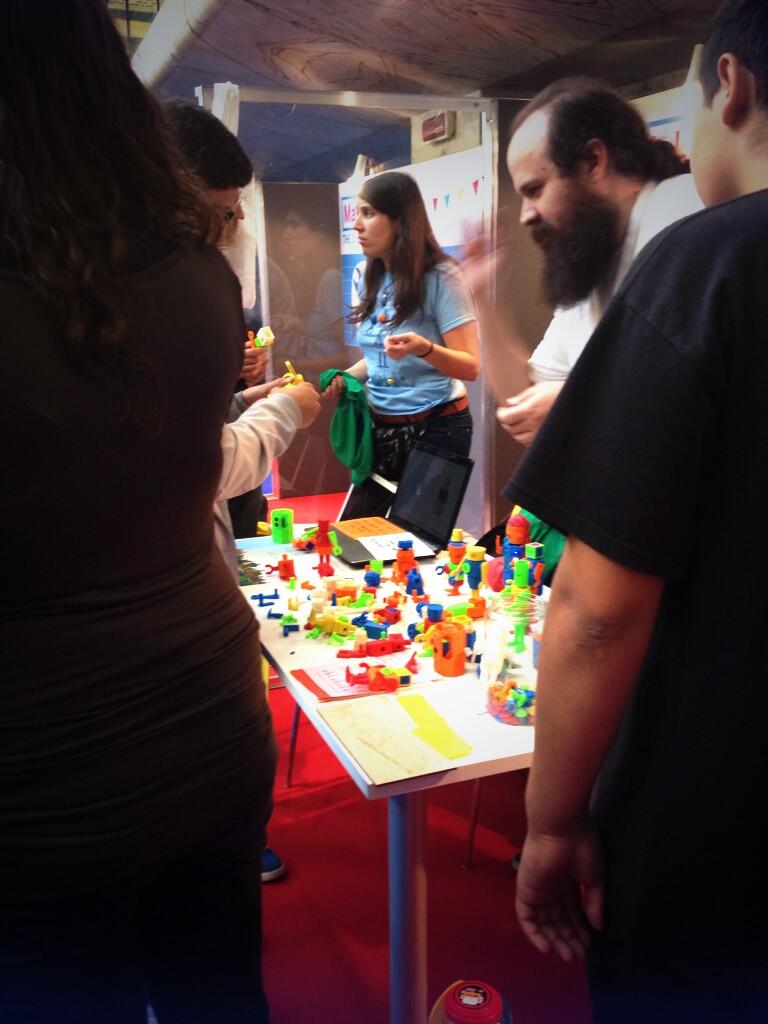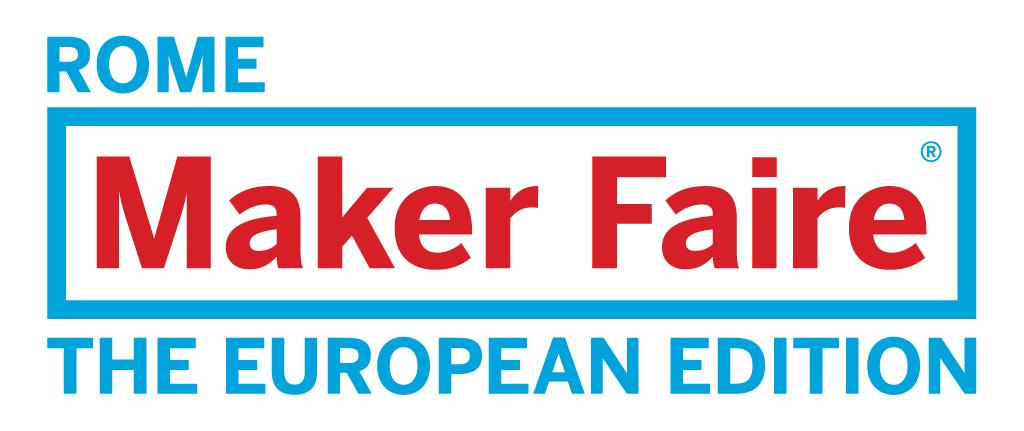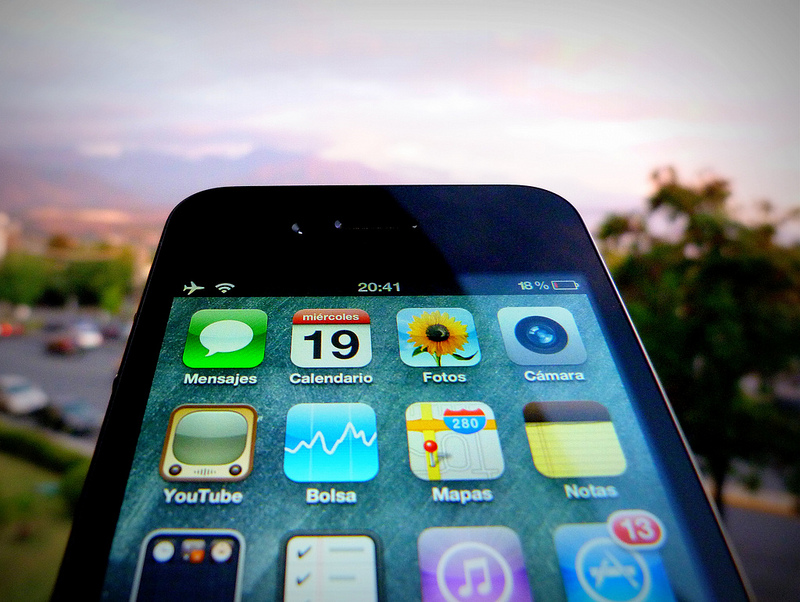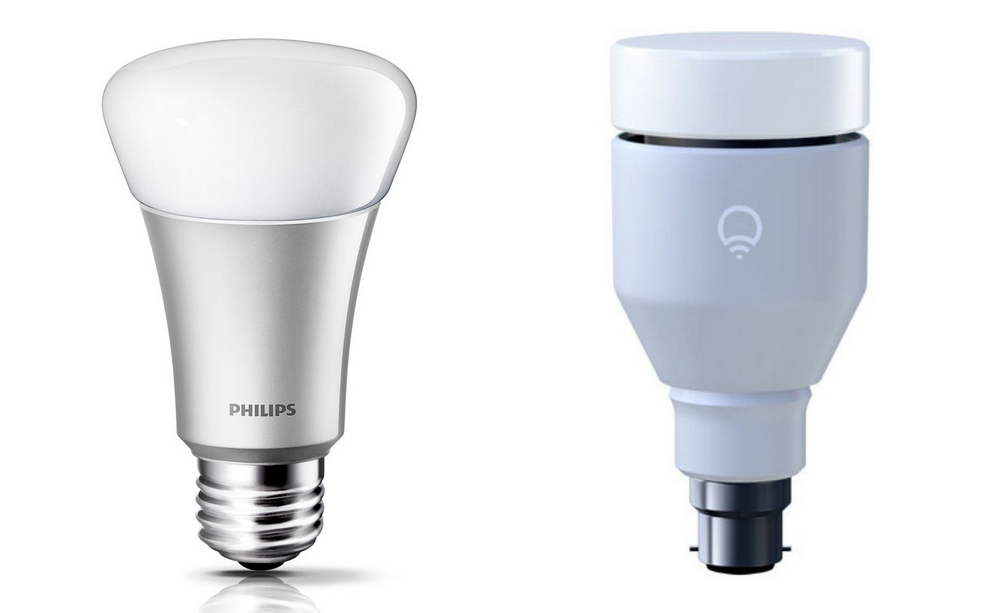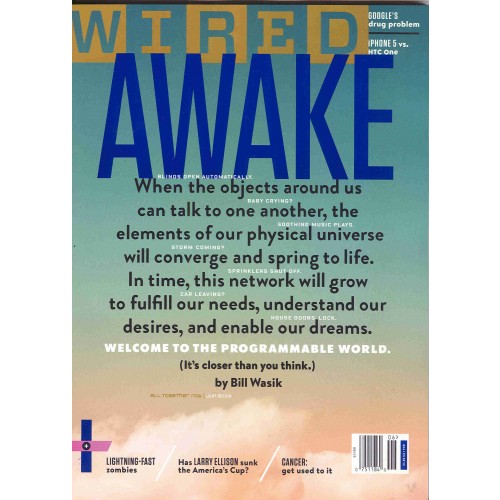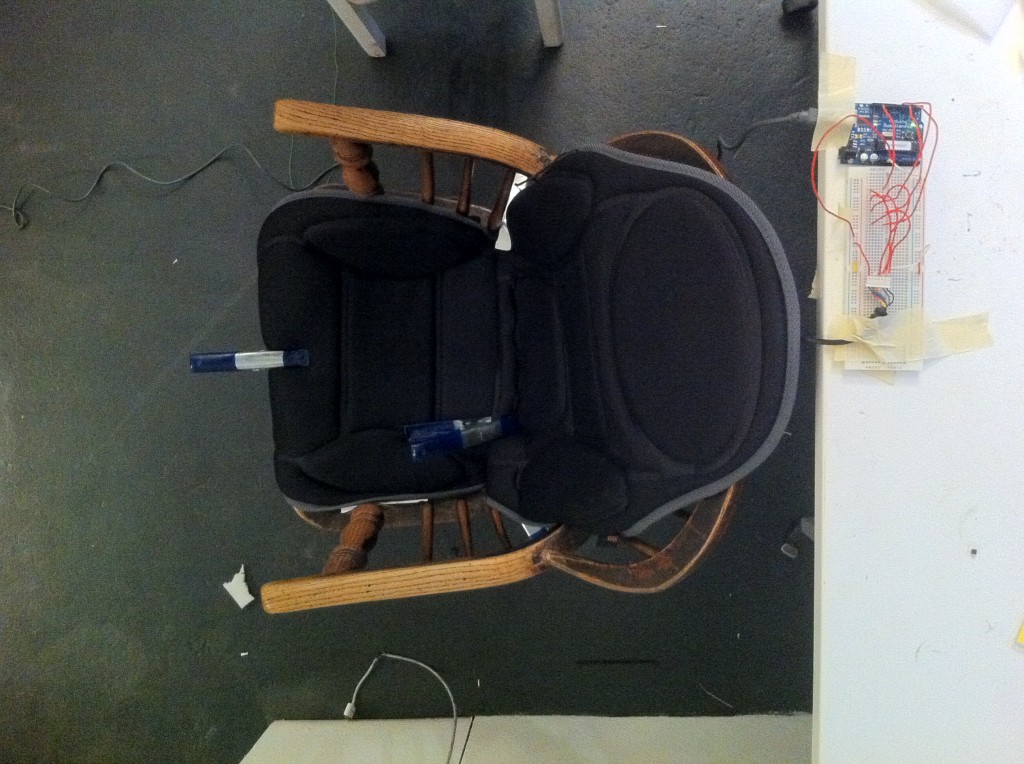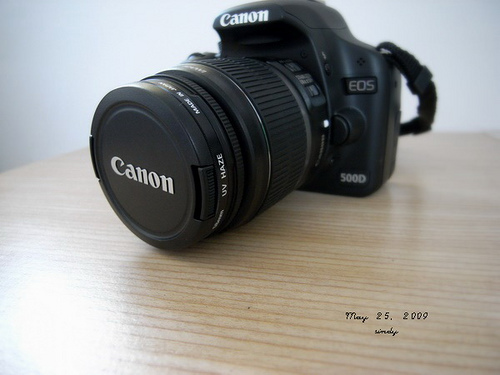Interesting Videos on the Internet of Things
Due to the Gigaom #mobilizeconf, we were able to view some mind blowing things regarding the Internet of Things. Here are some of our favorite videos we have seen to date.
The first video is a panel session at the Gigaom Structure Europe 2013 managed by Alexandra Deschamps from the Good Night Lamp with Alicia Asín from Libelium and Michael Simon from Xively.
If you find any interesting video of the Internet of Things let us know and don’t forget to follow us on Twitter and be sure to check out our #IoTFriday blog!

